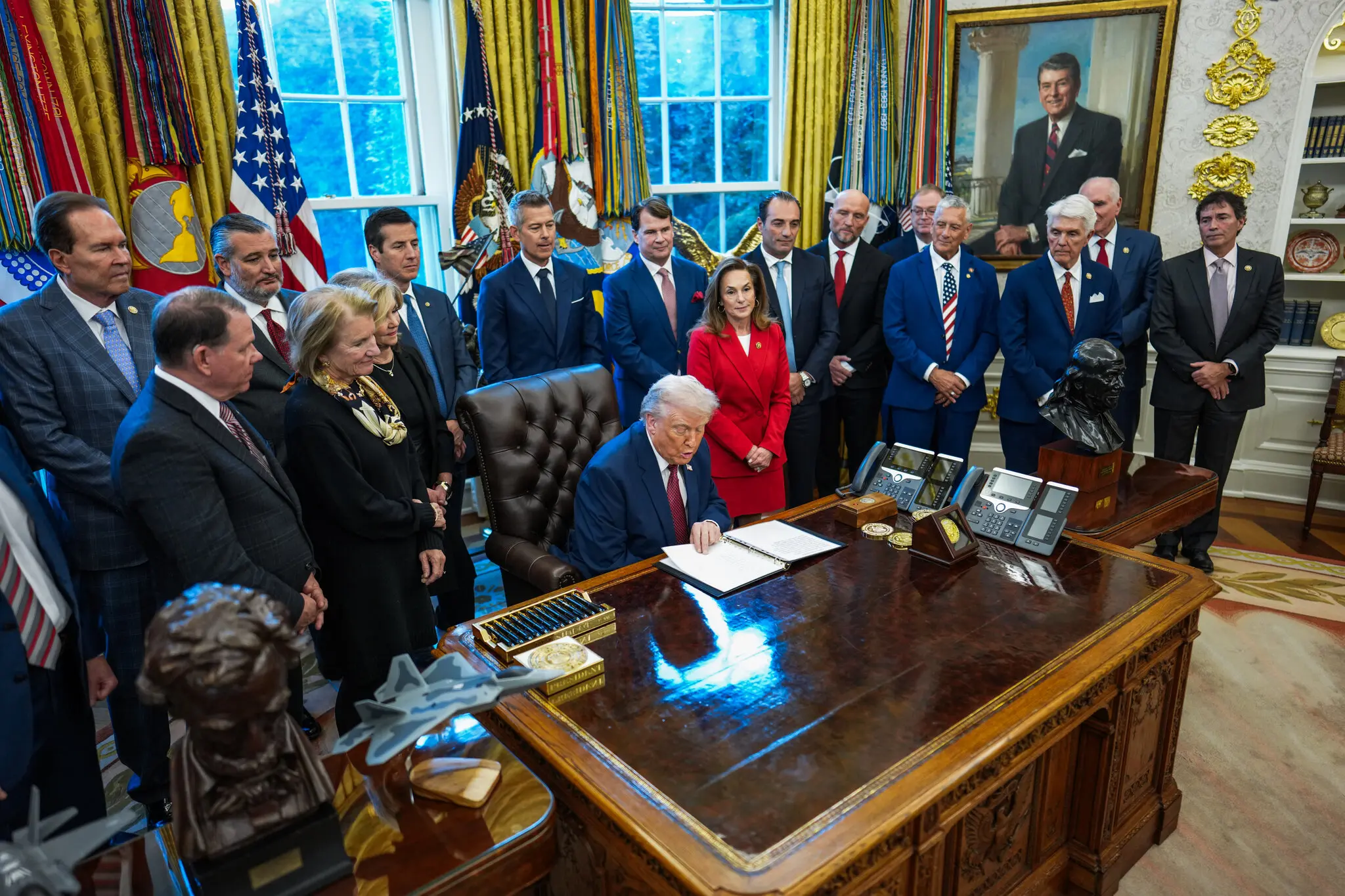Federal Reserve Governor Lisa Cook, under fire by the Trump administration for allegedly misrepresenting dual home ownership as her primary residence for financial gain, has new documentation that may undercut parts of the case against her.
What the Controversy Is
Authorities have accused Cook of claiming two different properties—one in Michigan and one in Georgia—as her principal residences in loan paperwork. Such designations are important because being a “primary residence” can afford lower mortgage rates and favorable tax treatment. The Trump administration cited these claims as grounds for her removal from the Fed Board, alleging mortgage fraud.
Cook has rejected wrongdoing, saying the claims are inaccurate or mischaracterized, and she has filed suit to block her dismissal. A judge has temporarily prevented her removal while legal proceedings move forward.
What the New Documents Reveal
- A loan estimate from May 2021 for a condominium she purchased in Atlanta shows the property marked explicitly as a “vacation home,” with clear language indicating she told her lender it was not going to be her primary residence.
- Another disclosure form tied to her federal security clearance in late 2021 classifies the same Atlanta property as a “second home.”
- Local property tax records from Georgia indicate she never claimed that Atlanta property as a primary residence for tax advantages—that is, she did not apply for primary residence tax exemptions.
These findings suggest at least some of the key documents used by Cook’s critics may not align with the story of deliberate misrepresentation.
Legal and Political Implications
- “For cause” removal: The legal standard for removing a Fed governor is high and requires clear evidence of wrongdoing. These documents may make it harder to prove that Cook knowingly committed violations justifying her dismissal.
- Federal Reserve independence: Many observers see in this case a broader attempt to influence the Fed’s composition and policy directions. Moves to remove governors on disputed or contested grounds raise questions about the ability of the central bank to function free of political interference.
- Public trust: The integrity of official filings around mortgages, taxes, and residence status is essential. Discrepancies or misunderstandings can damage public confidence—whether or not they amount to legal violations.
What to Watch Next
- How the courts rule on Cook’s lawsuit challenging her dismissal, particularly whether the judge finds sufficient legal cause based on the new documents.
- Whether additional paperwork emerges—mortgage documents, disclosure forms, tax filings—that supports or contradicts both sides of the case.
- How this controversy affects upcoming policy debates at the Fed, especially around interest rate decisions and the relationship between the Fed and the executive branch.
- The extent to which this dispute influences broader perceptions about transparency, ethics, and governance among public officeholders.
Bottom Line
The newly revealed documents complicate the narrative that Lisa Cook falsely claimed both properties as her primary residence. While not definitively resolving the allegations, they suggest that in certain filings she did clearly identify the Atlanta property as non-primary. The outcome may well depend on proving intent and showing whether legal standards for “for cause” removal have even been met—making this not just a legal battle but a test of institutional norms and the balance of power in U.S. financial governance.
















Leave a Reply